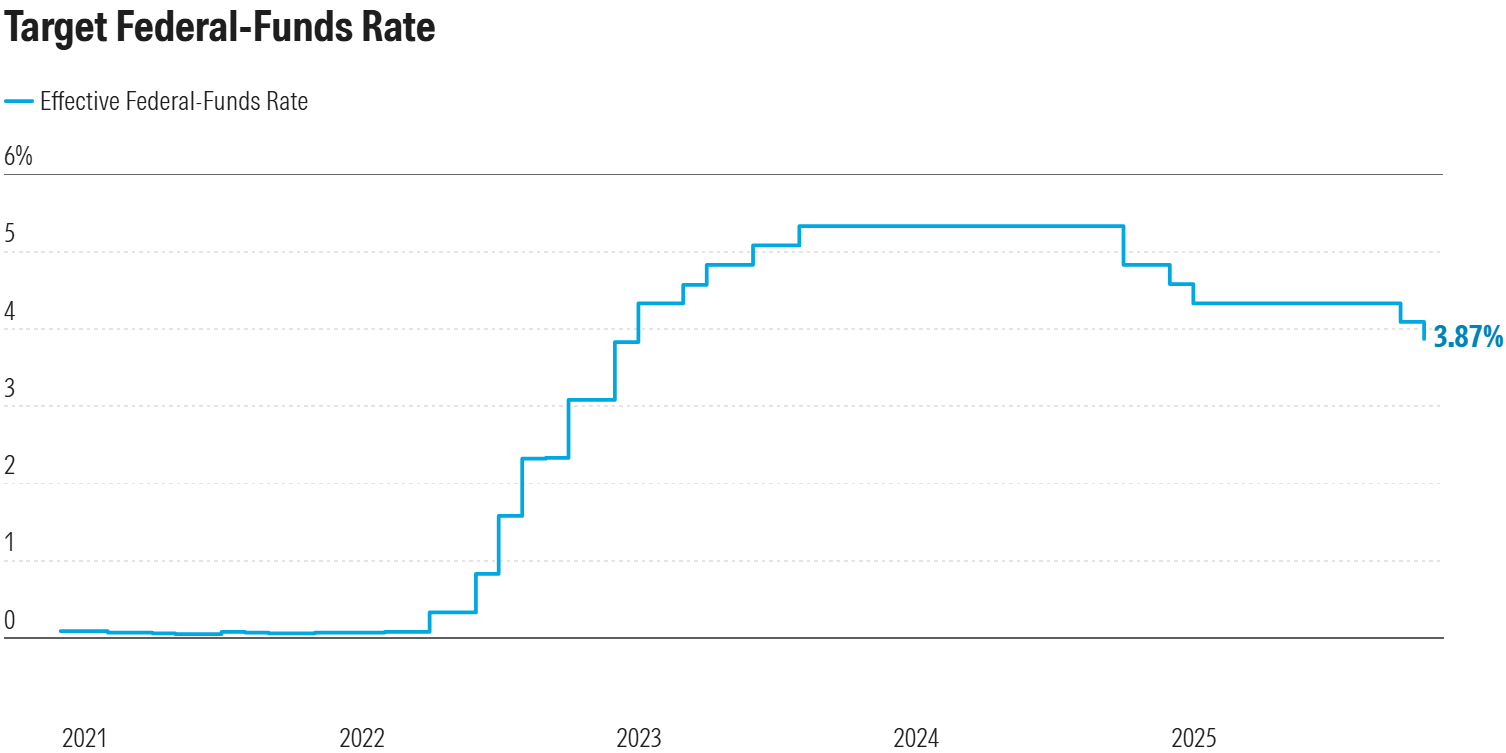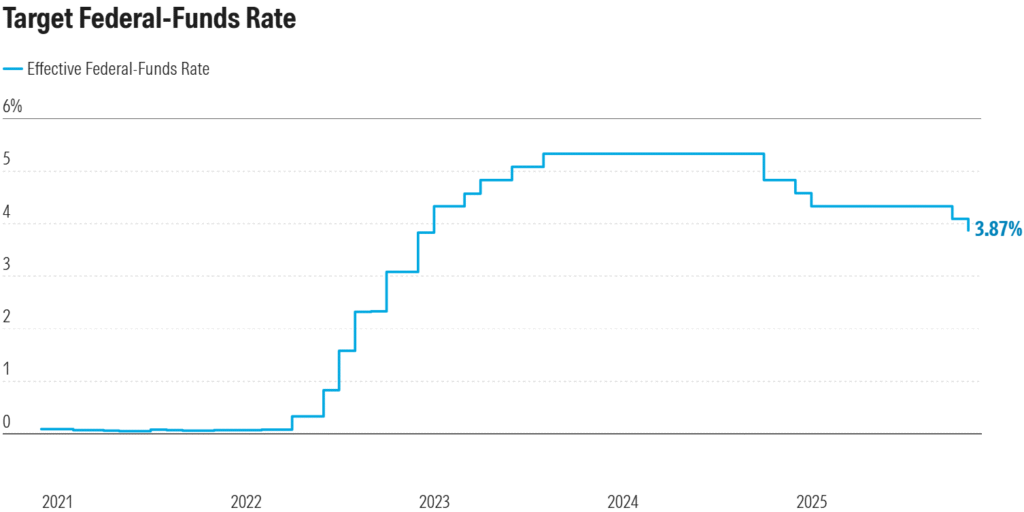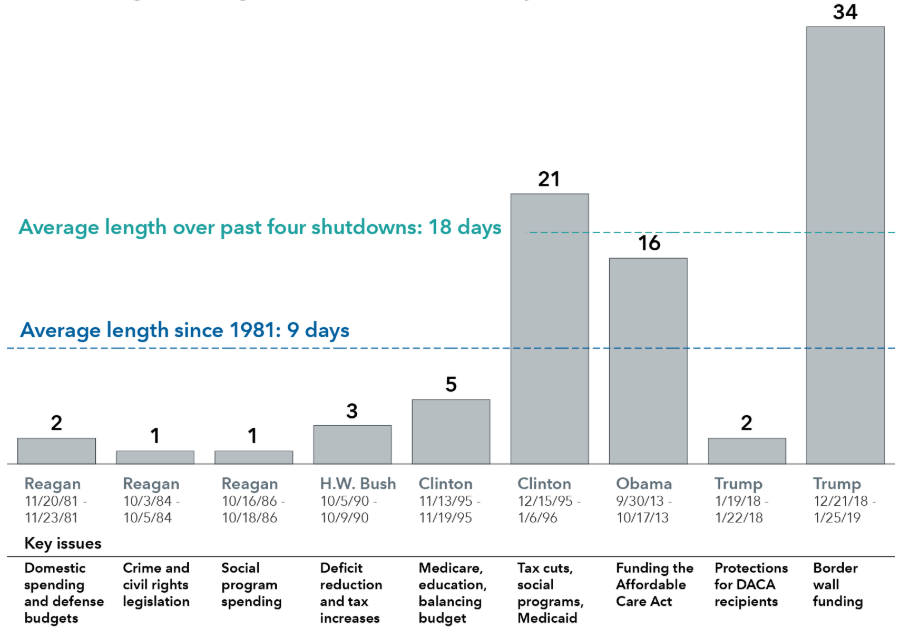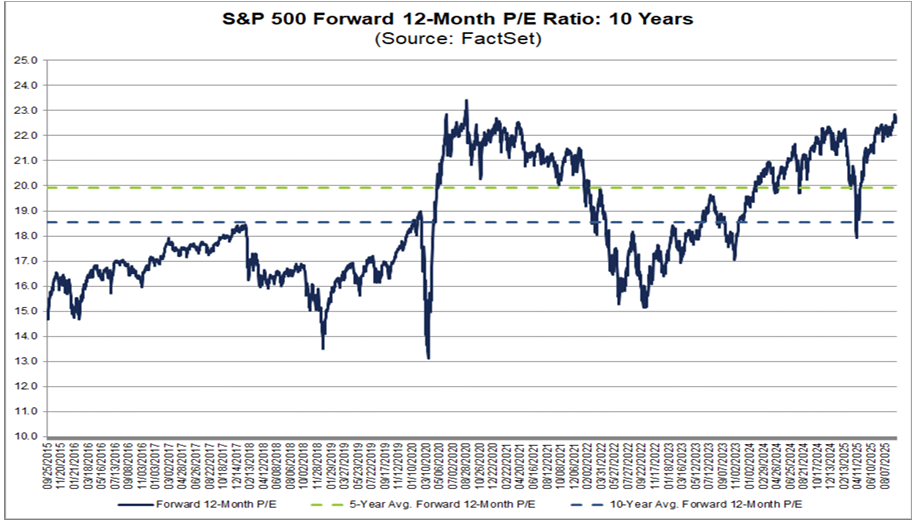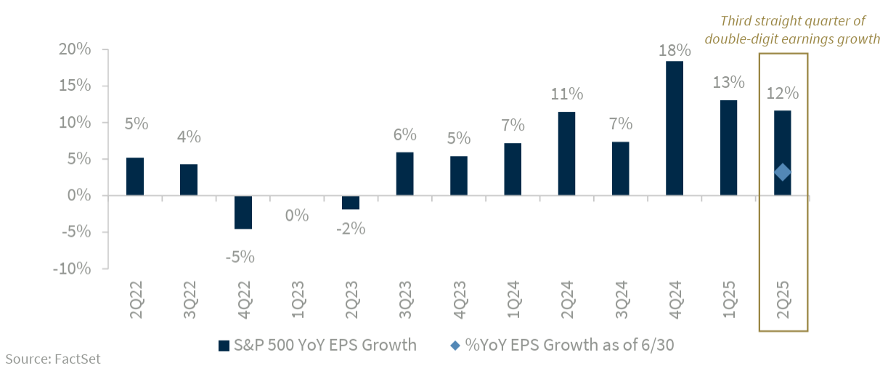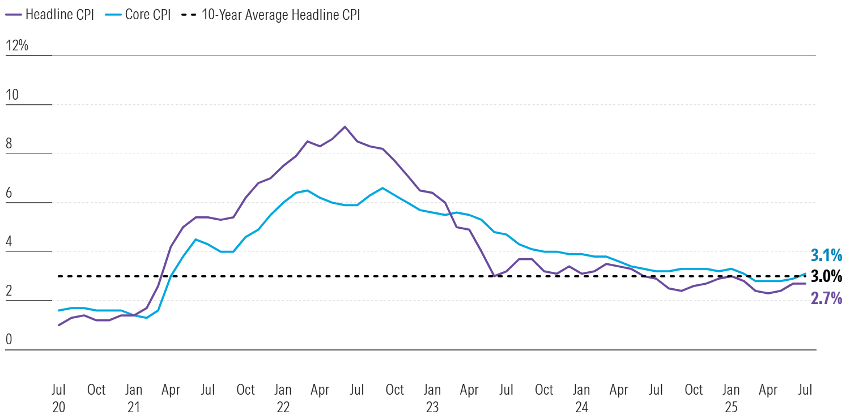A seasonal rally or just a myth?
The “Santa Claus Rally” describes a historical pattern: markets tend to rise during the final days of December and early January. We analyze its consistency and what to expect heading into 2025.
In the financial world, the “Santa Claus Rally” describes a historical pattern: markets tend to rise during the last five trading days of December and the first two of January. According to the Stock Trader’s Almanac, this phenomenon has occurred approximately 78%–80% of the time since 1972, with an average return of 1.3% to 1.4% for the S&P 500.
Possible reasons range from lower trading volume as many institutional investors take time off, to a more optimistic emotional tone driven by the holidays, year-end bonuses, and portfolio adjustments like rebalancing or tax-loss harvesting.
However, it doesn’t always happen. Over the past decade, the effect has been weaker, with average returns around 0.38%. Factors like inflation, elevated rates, geopolitical tensions, or economic surprises have completely negated this seasonal boost.
Key Takeaways:
✓ While the Santa Claus Rally has shown historical consistency, factors like elevated rates, inflation, and volatility limit its reliability as a strategy. If it happens, view it as an extra boost—not a basis for decision-making.
✓ The Santa Claus Rally refers to the market uptick during the last five trading days of December and the first two trading days of January.
